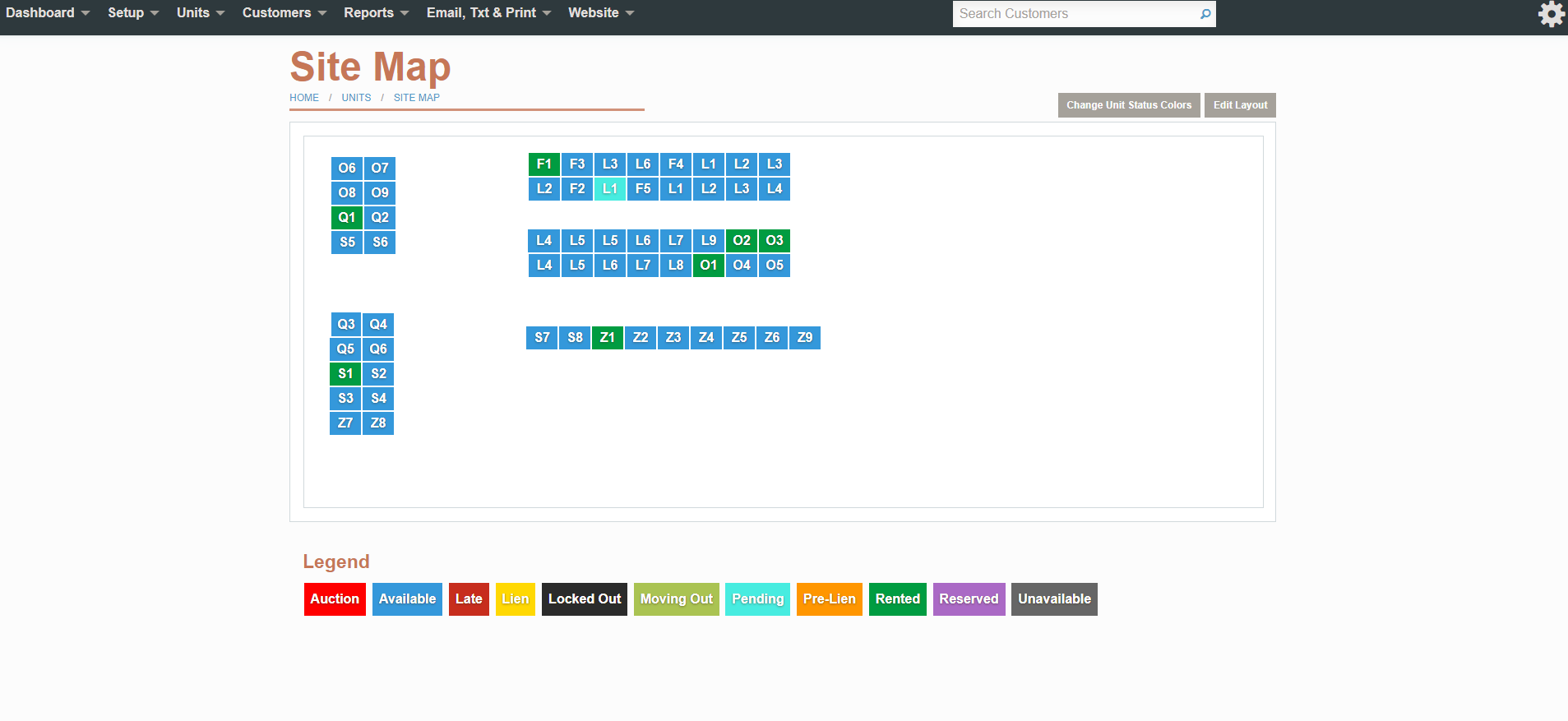
Optimal Down-Time Target for Performance Based Remanufactured Lease Contract (Hennie Husniah, Andi Cakravastia, Bermawi P. Optimization of CNG Multi-depot Distribution to Determine Model Routes and GTM Totals Using Tabu Search and Differential Evolution Methods (Afni Khadijah, Huswatun Hasanah).Pages 10-16Ĭapacity Planning and Assembly Line Balancing for Long-Term Routine and Short-Term Intermittent Demand in Small Medium Enterprises (Disa Agatha Willim, Wildan Trusaji, Anas Ma’ruf).Pages 17-23

I hope this solves any problems with GPT/UEFI issues – please let me know if it does.Formulation of Marketing Strategies in Expedition Services Company with SWOT and QSPM Methods (Nanang Alamsyah, Arina Luthfini Lubis, Dede Hamdi).Pages 3-9 (You may need to remove the ShadowProtect Recovery Environment DVD). Let this run through and boot into Windows. Now go to File > Exit which will reboot the virtual server. Hopefully, this will now change the status to bootable. Go back into the Boot Configuration Data and run the Auto Repair. Once created, select the new partition and format it as FAT32. Instead, you will need to run through a few additional steps:Ĭlose the Boot Configuration Data, go to the Disk Map tab on the front page.Ĭreate a new Primary partition and select Primary Partition type as EFI System Partition If you are using UEFI /GPT partition you may not be able to use Auto Repair to fix the boot. If you are running GPT for boot on EFI enabled UEFI firmware This was broken, so click on Auto Repair in the top right. The next step is to run the Boot Configuration WizardĬheck the status of the operating system. HIR took about 1 minute to run in this test.

Hopefully, you’ll see a match level of Good or Excellent:
#STORAGECRAFT RECOVER DISK MAP SHOWS HSR DRIVERS#
This will run through and check all the drivers installed on the Operating System and make sure they are compatible. Select the drive with the operating system on it, and click start. Next, you will need to run the HIR Configuration (HIR is Hardware Independent Restore). The ShadowProtect Recovery Environment will boot, and you will need to select your time zone and connect to the network if needed. Once your hard drives are finalised, and you’ve got your Hyper-V virtual machine ready, go ahead and start it, and “Press any key to boot from DVD”.
#STORAGECRAFT RECOVER DISK MAP SHOWS HSR ISO#
You need to add the shadow Protect Recovery Environment ISO DVD to boot from, and add the finalised hard drive(s).

If you have not already got a Hyper-V Virtual machine to attach the hard drive to, you can use this time preparing one. The C drive was 100Gb and D drive was 350Gb, and the hard drive was running 1 day behind the production server. This can take some time, in my case, in this test, it took around 30 minutes.

Now, you need to let this run through until the status of the drive is “Finalized” I imagine, in most cases, you can leave this as Automatically select the latest date. Select the hard drives you want to recover and select the date you want to restore to. Under the Server in StorageCraft Image Manager, Right click on the HeadStart restore job and select Finalise. This applies any incremental backups taken but not yet applied the virtual hard drive. The first job is to Finalise the Hard disk(s) you want to mount. There are a few steps needs to get this hard drive ready to be booted into. This basically keeps a VMWare (vmdk) or HyperV (vhd(x)) hard drive copy of your backup and restores each incremental backup to this hard drive, keeping it up to date (or as up to date as your policy defines, it may be 1 hour, 1 day or longer behind the server it is backing up). Image Manager can also run “HeadStart Restore” jobs. ShadowProtect runs on each server you want to back up, and Image Manager manages the backup storage location. If you are using StorageCraft ShadowProtect and ImageManager, here are the steps to recover a server to a Hyper-V environment.


 0 kommentar(er)
0 kommentar(er)
